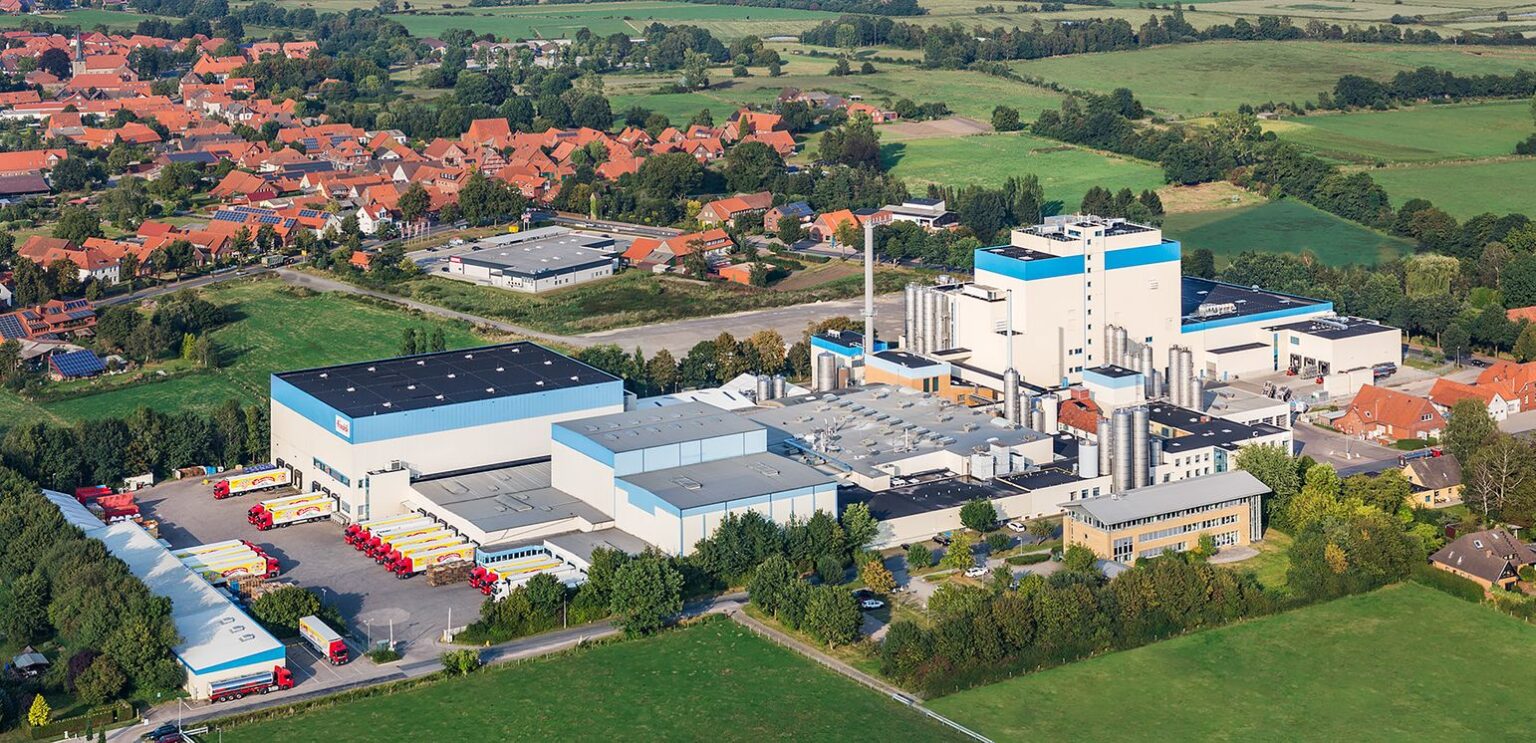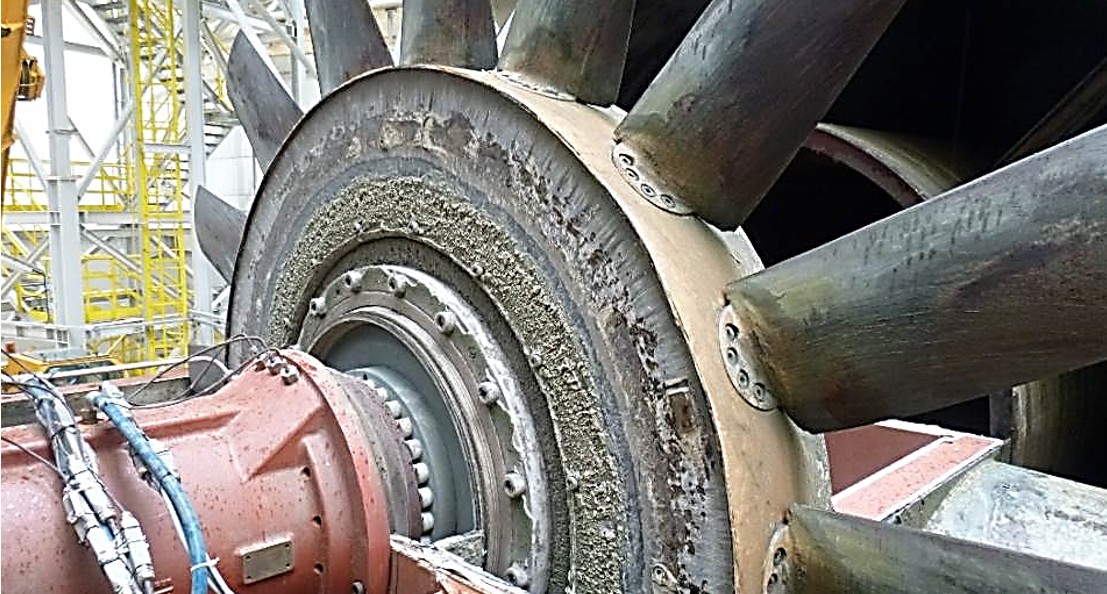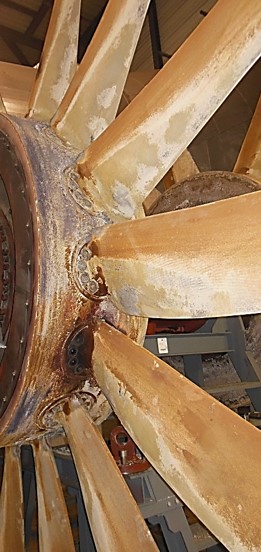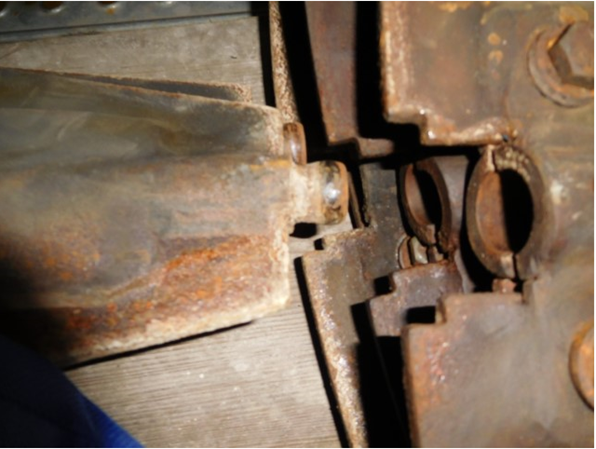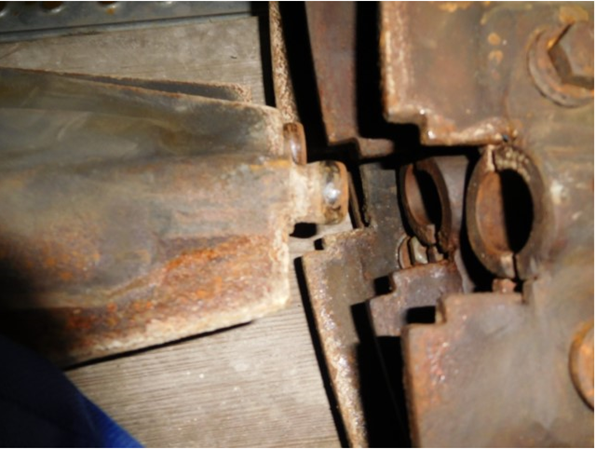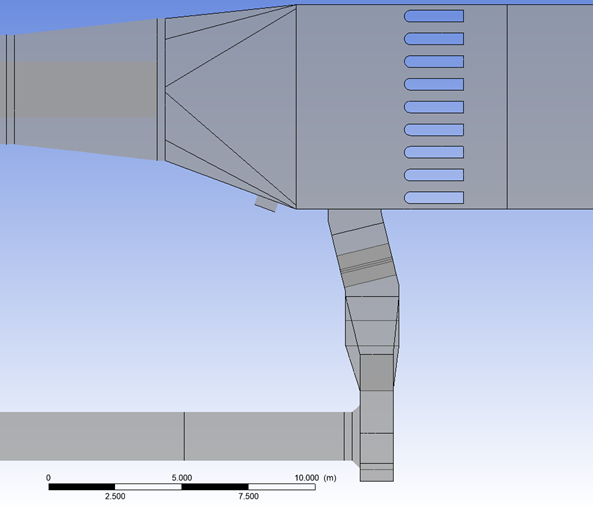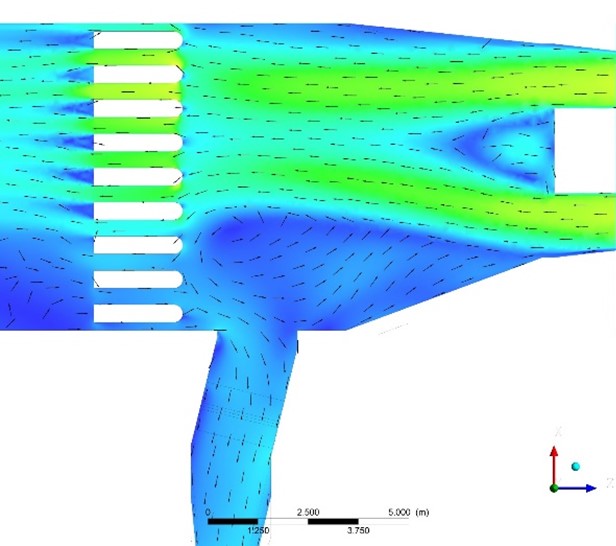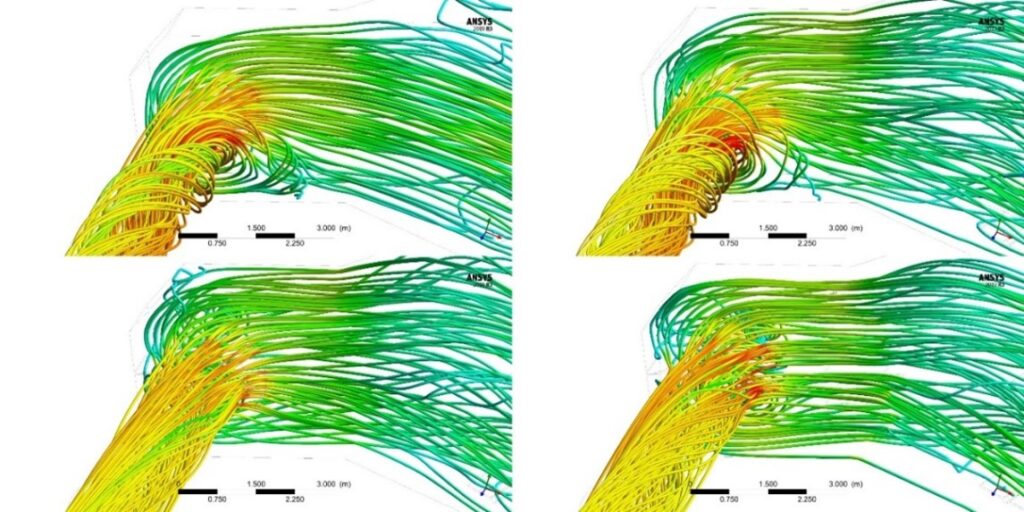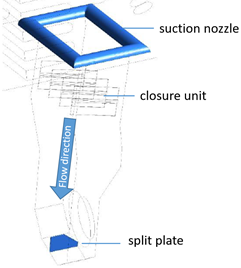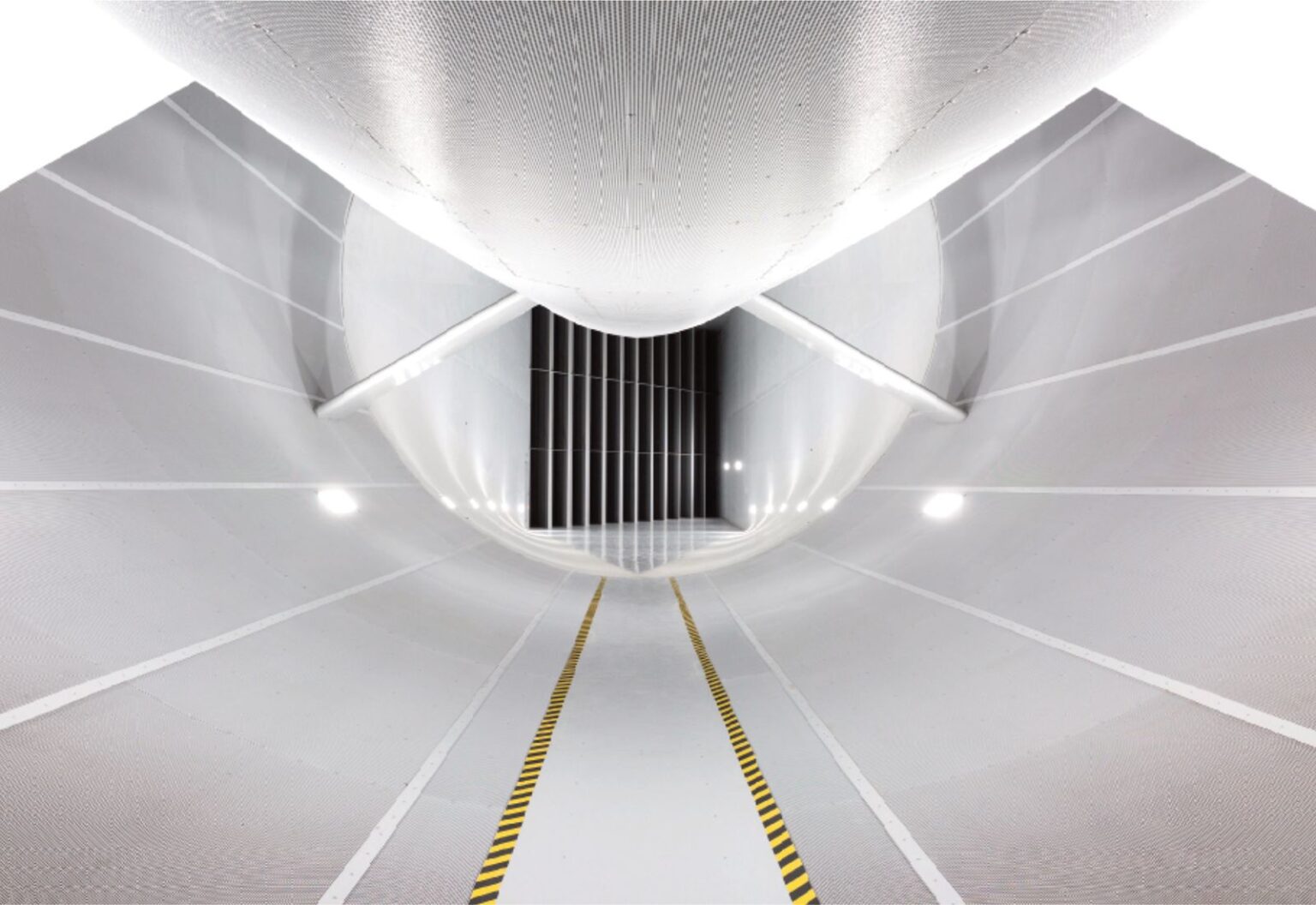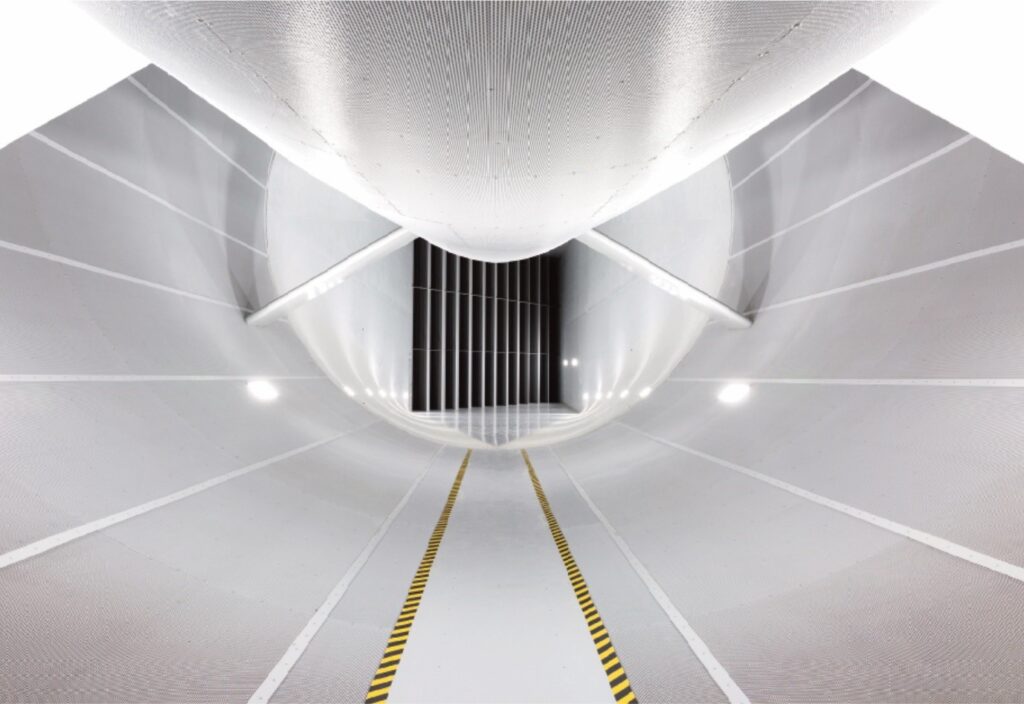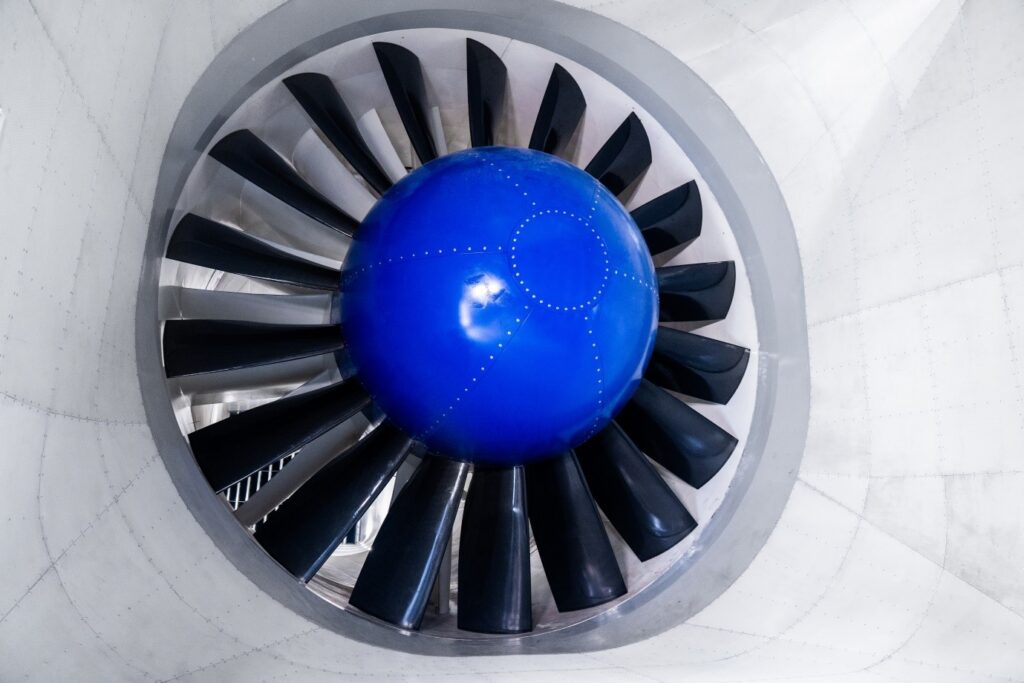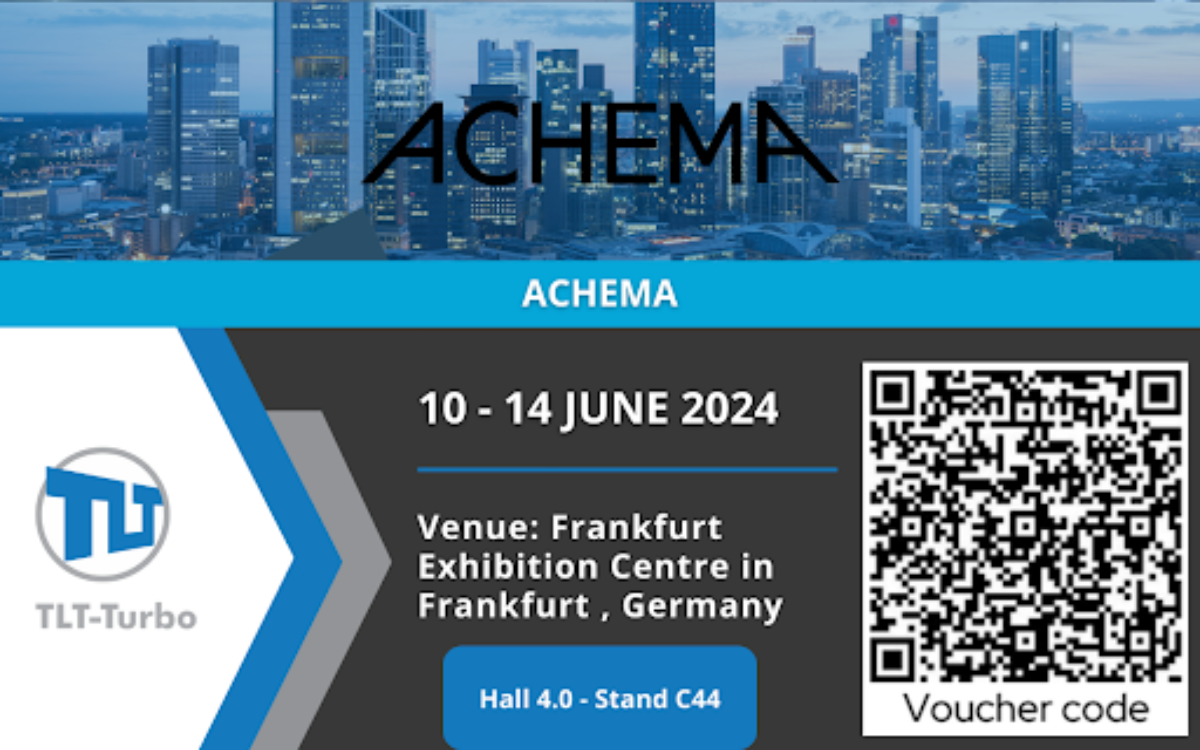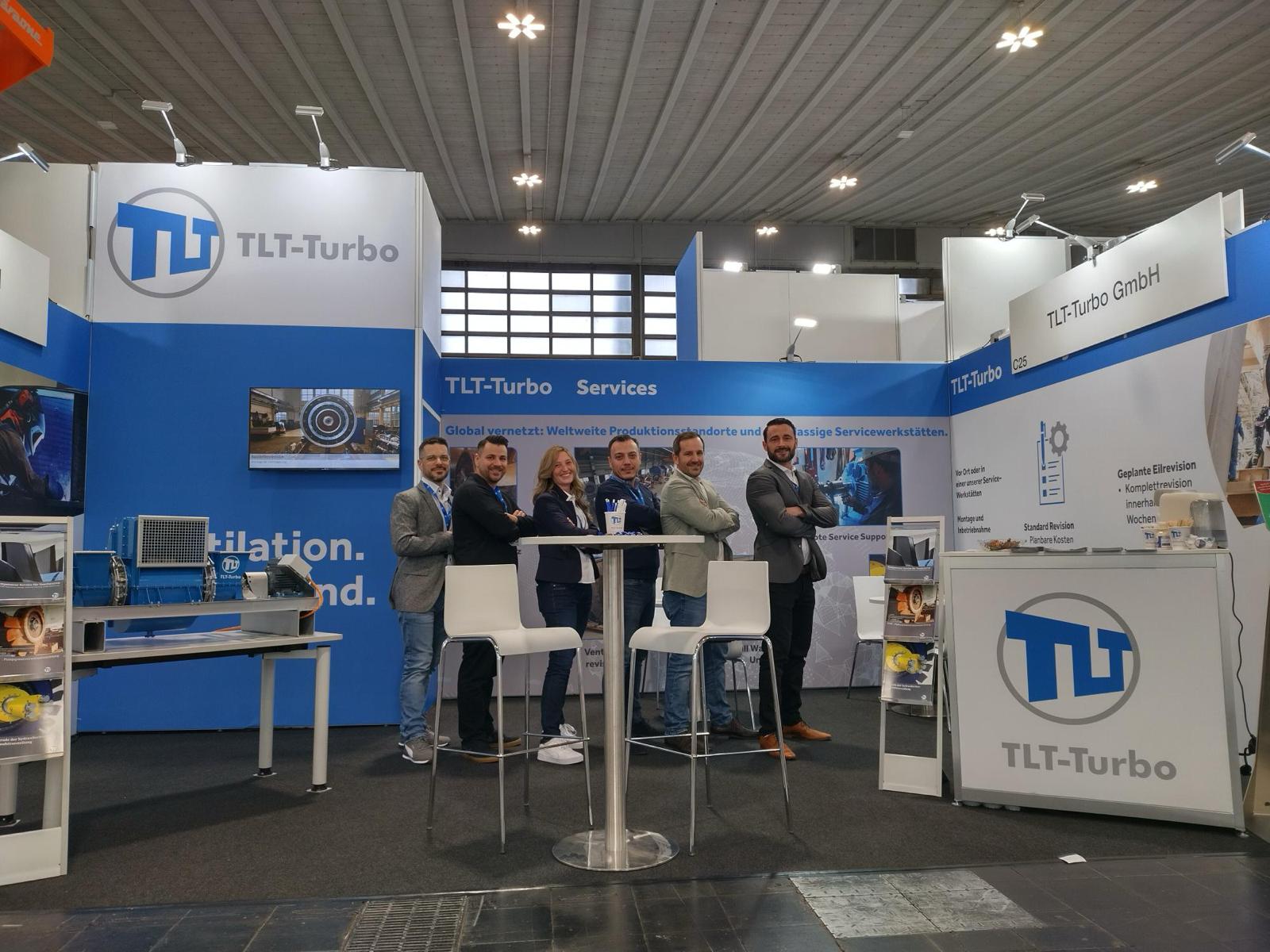TLT-Turbo MVR Range Makes Strides in Food and Beverage Industry
In November 2018, TLT-Turbo completed the installation of a Medium Flow range MVR Turbo Fan at the Frischli factory in Rehburg-Loccum, Germany. The fan has been running at Frischli for almost 3 years, providing reliable, silent performance without any need to maintain the fan bearing, making it an ideal use case for demonstrating TLT-Turbo’s capabilities in the food and beverage industry.
TLT-Turbo has been gathering data from the Frischli facility on the performance of the fan since 2018 and will continue to do so in order to compile a case study demonstrating the cost savings for Frischli and listing the ways in which their production has benefited from the use of the TLT-Turbo MVR fan. This will support the efforts of the MVR department’s sales drive as it will provide clear evidence of the ways in which TLT-Turbo is redefining mechanical vapor recompression in the food and beverage industry.
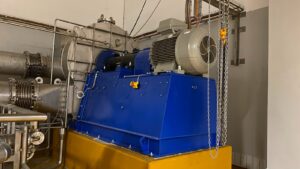
“Our Medium Flow MVR range is ideally suited to facilities such as the one at Frischli’s headquarters,” says Mario Schmidt, Head of Business Segment Vapor Fans. “The higher efficiencies delivered by these fans makes us more competitive in the small to medium mass flows market where many potential clients in dairy, food and beverage or pharmaceutical production are positioned.”
For over 120 years, Frischli, an owner-managed company has been producing dairy products that meet the highest requirements of quality, sustainability, and taste. The company’s headquarters are located in Rehburg-Loccum near Hanover where they produce a range of products including long-life milk, powdered milk and cream. Milk drinks such as cocoa, powdered milk, puddings and yogurt as well as a wide range of dairy products for gastronomy and catering are also produced.
The relationship between Frischli and TLT-Turbo is likely to become a long-standing relationship as the two companies share a focus on driving on innovation. Frischli is one of the most modern and efficient dairies in Germany. This, according to Schmidt, is one of the reasons that they were so quick to adopt the new MVR technology of the TLT-Turbo range.
“A clear demonstration that we share a mutual belief in innovation and technological advancements in food production equipment, is the fact that Frischli has also agreed to be a reference client for TLT-Turbo. This means that we will be able to visit the premises with potential clients to show them the MVR fan in action,” Schmidt reveals.
He also notes that they were delighted with the fan’s features, particularly when it comes to maintenance. Frischli has a number of MVR fans installed at their factory from another supplier. When the time came to conduct annual maintenance of all the fans running at the facility, the advanced technology of the TLT-Turbo MVR range became apparent.
“As part of the annual maintenance of the other MVR fans, our technicians asked me if they should include the TLT-Turbo MVR in the maintenance schedule. They were very surprised to learn that this MVR fan does not require maintenance. Only the seal rings should be replaced if there are leaks and a grease cartridge should be screwed on for the motor. This saves a lot of time and money,” says Henrike Kaluza, Project Manager at Frischli.
She goes on to elaborate on the time and costs savings that can be achieved with the TLT-Turbo MVR fan. “The regular maintenance of the other two MVR fans we are running costs between 8,500 to 9,000 Euro per year, or around roughly 4,500 Euro per fan”. As the TLT-Turbo fan does not need this kind of maintenance for at least ten years, the savings are measured at a total value of 45,000 Euro per fan for this period. It saves production time too, as the eventual maintenance on the TLT-Turbo fan does not require a full day of downtime.
The fact that the TLT-Turbo MVR fans do not require an oil change is highly valuable to operators in the dairy, food and beverage and pharmaceutical industries. “In a clean environment, not having to introduce chemicals such as oil to the environment when maintaining crucial equipment is highly valuable. In addition, this makes our fans kinder to the environment as well. Other fans on the market consume around 40 to 60 liters of oil per year or 400 to 600 liters over 10 years whereas our fans consume 60 to 120 gram of grease over a ten year period,” explains Schmidt.
Kaluza also provided positive feedback regarding the TLT-Turbo fan’s performance. “The efficiency of the fan is an improvement on the model that it replaced. The realized savings of electrical costs are at 8,700 Euro per year and without the allowances from our combined heat and power plant, the savings would even be around 12,000 Euro per year”.
“Considering these improvements and adding the other advantages of the machine, such as the low noise level or the absence of oil, we are very satisfied with the TLT-Turbo fan and we are very glad to have chosen it,” Kaluza concludes.

